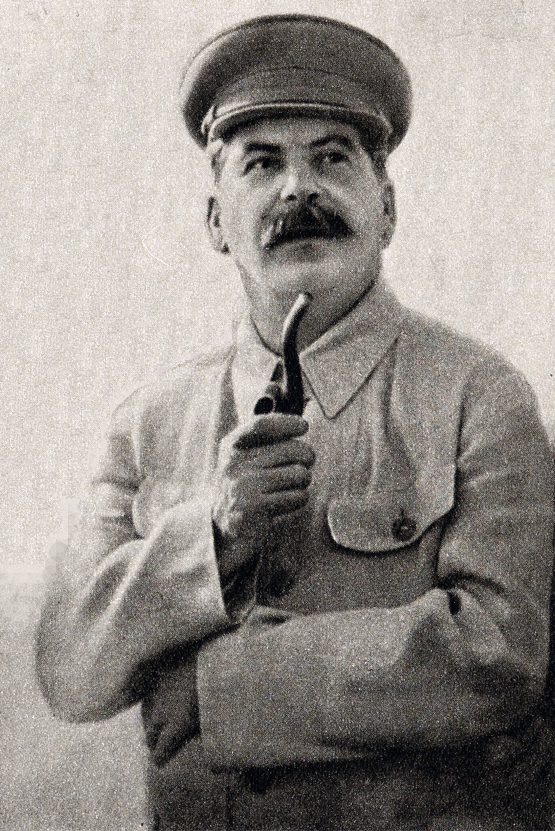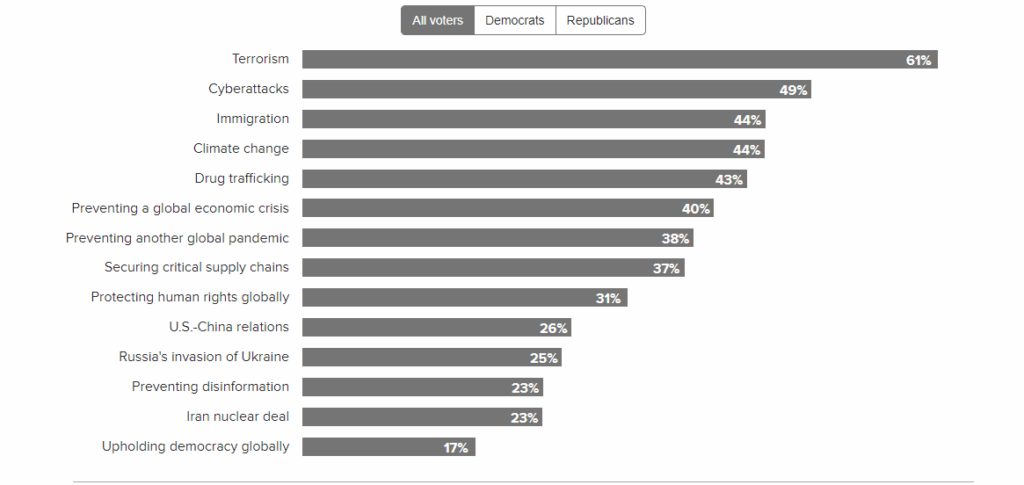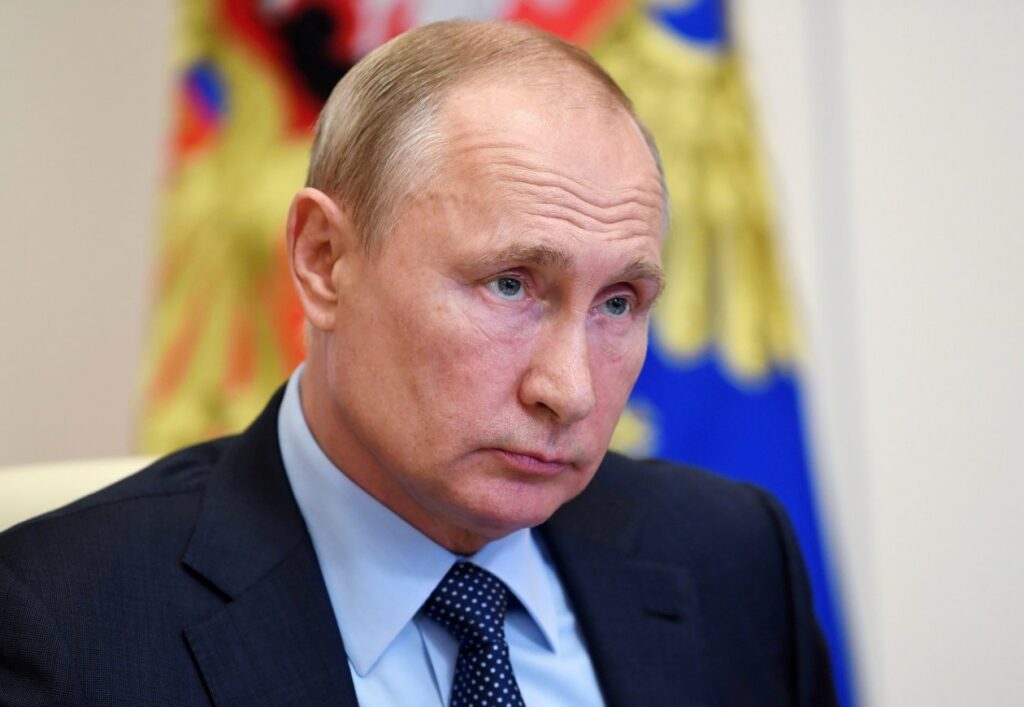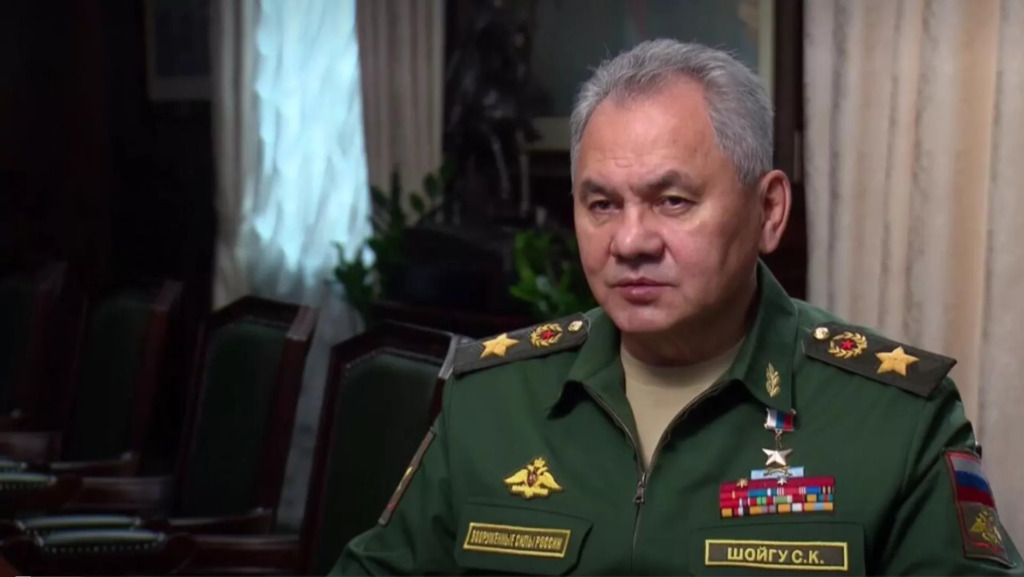
By Luke Sayers, NYU Jordan Center, 9/13/22
I disagree with the writer’s assertion that Stalin was not psychopathic. The level of power and repression Stalin attained required a degree of ruthlessness – combined with being an ideologue – that most average people simply do not possess. In psychology there is what is known as the Dark Triad of negative personality traits, comprised of the psychopath, the narcissist and the Mach (short for Machiavellian). Machs tend to be extremely manipulative, ruthless and highly intelligent. They often lack the impulsiveness of the psychopath and the insecure ego and need for approval of the narcissist. Based on my study of Stalin, I tend to think he was a Mach. Interestingly, Machiavelli was one of Stalin’s favorite political philosophers. – Natylie
Joseph Stalin loved to read books. His vast personal library contained roughly 25,000 volumes, about 400 of which the dictator personally marked and annotated. Most of these books were held in a large library room in his private dacha outside of Moscow, though he eventually needed to move into an adjoining building to make room for his ever-expanding collection. He developed his own library classification system and enlisted the services of a private librarian to help him manage his books. As a good Marxist, his favorite subject was history; his favorite author was Lenin.
In Stalin’s Library: A Dictator and His Books (Yale University Press, 2022), Geoffrey Roberts provides a unique look at Stalin by examining the contents of his personal library. His is an intellectual biography of Stalin, told through analysis of the books he read, the pamphlets he wrote, and the projects he edited.
Stalin would often escape from the demands of running the Soviet Union to find solace in his collection of books. Roberts unpacks this interest in books to show that Stalin was an intellectually rigorous and genuinely curious individual, whose library was not a showpiece but a place of serious thought, reflection, and learning.
Throughout his life, Stalin sought constantly to learn something new. He studied a variety of foreign languages, although he only ever mastered Russian, in addition to his native Georgian. He read extensively in history, often conversing with his guests about topics ranging from Oliver Cromwell to Otto von Bismarck. If a guest made a mistake, he was quick to scold them for their lack of historical perspective.
The first thing Stalin would do when visiting others was to inspect their libraries. He wanted to know what other people were thinking and which authors they were reading. Some of his personal favorites apparently included Lenin, Marx, Engels, Kautsky and Rosa Luxemburg, along with future “enemies of the people” Zinoviev, Bukharin, and Trotsky. Though these last three authors would eventually be purged or exiled and executed (Zinoviev in 1936, Bukharin in 1938, and Trotsky in 1940), their volumes lived on in Stalin’s collection because he thought it important to understand his rivals and studied them carefully. As Roberts points out, he probably learned more from Trotsky than from almost anyone else.
Stalin was not only a voracious reader, but also a prolific writer and an astute editor. He authored works like Anarchism and Socialism? (1907), Foundations of Leninism (1924), Dialectical and Historical Materialism (1938), Marxism and the National Question (1942), as well as various essays on Bolshevism and the proletariat. His contributions to theory may have been minimal—although his perspective on “socialism in one country” certainly had a profound influence on Soviet politics—but he achieved much as an efficient simplifier and popularizer of Party ideology.
As editor, he directed the production of the Short Course History of the Communist Party of the Soviet Union (1938), a textbook Roberts thinks expresses Stalin’s own views of Party history. He also oversaw the writing of his own biography (still in progress when he died in 1953), but what may come as a surprise is that, unlike the Short Course, this text downplayed Stalin’s role in the Revolution. Not only was performative modesty an important part of the dictator’s self-presentation, but also, in the Marxist terms of Dialectical Materialism, the Revolution realized not the ambitions of any single person, but the triumphant progress of historical Spirit.
In Roberts’ estimation, Stalin may not have been an original thinker, but he was certainly a serious one. He fashioned himself after the manner of Lenin or Marx, becoming a self-styled philosopher-dictator who could lead the people to communist utopia through rigorous thought and consistent application of Marxist theory to politics.
One of Roberts’ goals in Stalin’s Library is to debunk various conspiracy theories about Stalin. Stalin’s legacy of violence has understandably generated much dubious conjecture—who wouldn’t want an easy explanation for the apparent madness of Stalinist brutality? Some speculate that Stalin was abused as a child or that he felt an almost religious devotion to authoritarian figures in history, such as Ivan the Terrible or Genghis Khan. Others think Stalin planted false flags during the Kremlin Affair surrounding the 1934 killing of Sergei Kirov in order to justify the purges of the 1930s.
In Roberts’ view, however, such theories are not based on hard evidence; in fact, Stalin’s library holds the key to explaining some of the apparent paradoxes such theories claim to reveal. Furthermore, these conspiracy theories distract from the consistency and stability of Stalin’s mind. He was not a psychopath but an ideologue, not personally traumatized but politically driven.
By contrast, Roberts portrays Stalin as a surprisingly normal person. Stalin was confident, direct, extremely efficient in his work, and dedicated to a few guiding ideological principles. He was an intelligent man who, tragically, used his talent to commit some of the worst crimes in history, but he was not the maniacal and irrational brute that many imagine him to have been.
Roberts never defends Stalin or his crimes, but he does affirm Stalin’s rationality, arguing that Stalin’s actions can be understood in light of his ideas. His steadfast pursuit of communist utopia, as expressed in the Marxist ideology and the politics of class warfare, produced the politics of purge and famine that defined the Soviet 1930s. It was a political principle, not personal psychosis, that led Stalin to act as he did.
This attention to rationality is what makes Roberts’ study of Stalin so relevant today, as the world seeks to understand the seemingly impenetrable actions of authoritarian rulers the world over, not least in Russia itself. Dismissing what we do not understand as madness, illness, egoism, or simple despotism, unfortunately, causes us to see possible rational explanations—both realist and ideological—for contemporary global politics.
Perhaps what Roberts discovers about Stalin’s intellectual and political motives is equally true of other world leaders today: the key to understanding their behavior may be hiding in plain sight, in the ideas they discuss, the speeches they make, and the books they read.



